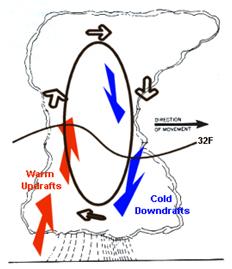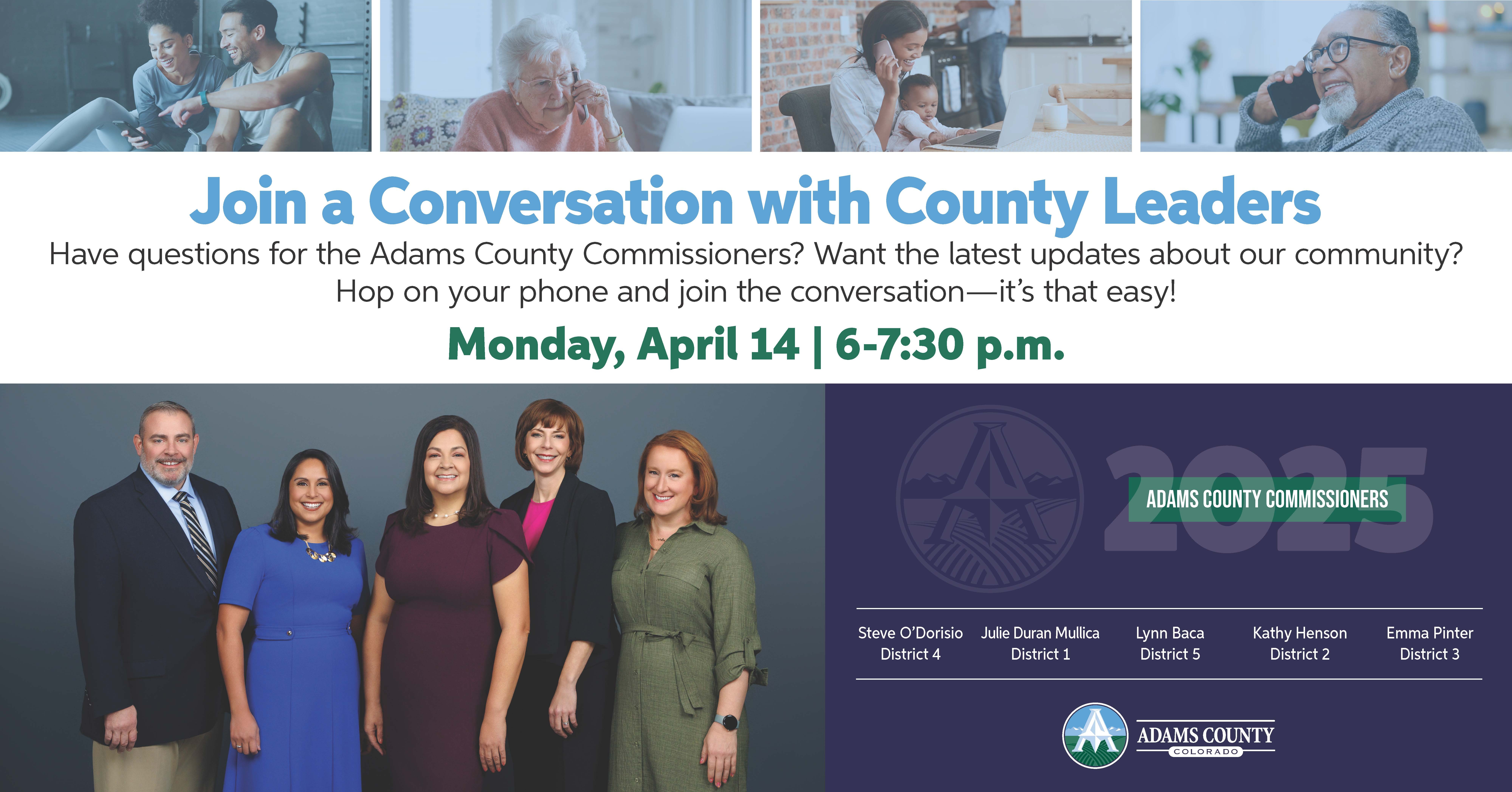 Thunderstorms are caused by the rapid upward movement of warm moist air combining with cooled, downward drafts of condensed air, often times causing strong winds, heavy rains, thunder and lightning. Thunderstorms are also dangerous because they can spawn tornadoes, flash floods and damaging hail.
Thunderstorms are caused by the rapid upward movement of warm moist air combining with cooled, downward drafts of condensed air, often times causing strong winds, heavy rains, thunder and lightning. Thunderstorms are also dangerous because they can spawn tornadoes, flash floods and damaging hail.
Adams County Facts
All of Adams County is at risk for thunderstorm events. On average Adams County can experience 40 to 50 events annually. All thunderstorms are dangerous and bring the possibility of damaging high winds, hail, lighting, heavy rains, flash floods, down bursts and tornados. It is extremely difficult to determine future occurrences in a specific area with any accuracy.
Lightning
The potential damages from lightning strikes are loss of life, business interruption, fire, and structural damage. A false sense of security often leads people to believe that they are safe from a lightning strike because it may not appear to be near their location. However, lightning can strike 10 miles away from a rain column, which puts people that are still in clear weather at risk.
Hail
Quarter-sized hail can cause significant damage to agricultural crops and livestock and property, such as automobiles, aircrafts, and roofs. Damage to shingled roofs may go undetected until leaks and cracks start forming. Damage to metal roofs and automobiles is more noticeable due to dents as well as damages to windshields and windows shattered exterior finishes. Although rare, large hailstones may even cause injury or death.
Hazards and Concerns
Severe thunderstorms can cause flash flooding, lightning, hail, high winds, resulting in damage to property. The damages from high winds are affected by the condition of the exposed structures, their design and construction, and the quality of the building materials. Older homes, certain construction materials, mobile homes, and poorly designed homes are very vulnerable to high winds and thunderstorms. Utility lines, communication towers, and transportation networks can be impacted by high winds or flying debris acting as projectiles. Deaths may result from falling trees or other debris.
Increasing population and development ultimately increase vulnerability to thunderstorms. Adams County ordinance requires a Class A roof on all new residential structures, which should effectively reduce the amount of resultant damages from thunderstorms. Fire codes in place result in fewer structure damages caused by lightning-sparked fires. Structure damages due to thunderstorms (i.e., hail damage) are typically covered under private insurance policies.
Thunderstorm Safety Tips
Before - To prepare for a thunderstorm, you should do the following:
- Begin preparing by building an emergency supply kit and make a plan.
- Stay aware of weather warning signs and teach family members, especially children to do the same.
- Remove dead or rotting trees or branches around your house that could fall and cause injury or damage.
- Remember the 30/30 Lightning Safety Rule: Go indoors if, after seeing lightning, you cannot count to 30 before hearing thunder. Stay indoors for 30 minutes after hearing the last clap of thunder.
- Get inside a home, building, or hard top automobile (not a convertible). Although you may be injured if lightning strikes your car, you are much safer inside a vehicle than outside.
- Remember, rubber-soled shoes and rubber tires provide NO protection from lightning. However, the steel frame of a hard-topped vehicle provides increased protection if you are not touching metal.
During: If a thunderstorm is occurring in your area, you should:
- Use your battery-operated NOAA Weather Radio for updates from local officials.
- Avoid contact with corded phones and devices including those plugged into electric for recharging. Cordless and wireless phones not connected to wall outlets are OK to use.
- Avoid contact with electric equipment or cords. Unplug appliances and other electrical items such as computers and turn off air conditioners. Power surges from lightning can cause serious damage.
- Avoid contact with plumbing. Do not wash your hands, do not take a shower, do not wash dishes, and do not do laundry. Plumbing and bathroom fixtures can conduct electricity.
- Stay away from windows and doors, stay off porches and avoid natural lightning rods such as a tall, isolated tree in an open area. Avoid hilltops, open fields, drainage ditches, the beach or a boat on the water.
After: If lightning strikes you or someone you know, call 9-1-1 for medical assistance as soon as possible. The following are things you should check when you attempt to give aid to a victim of lightning:
- Breathing: if breathing has stopped, begin mouth-to-mouth resuscitation.
- Heartbeat: if the heart stopped, administer CPR.
- Pulse: if the victim has a pulse and is breathing, look for other possible injuries. Check for burns where the lightning entered and left the body. Also be alert for nervous system damage, broken bones and loss of hearing and eyesight.
After the storm passes remember to:
- Never drive through flooded roadways. Even a small amount of moving water can cause you to lose control of your vehicle. Turn around, don’t drown.
- Stay away from storm-damaged areas to keep from putting yourself at risk.
- Continue to listen to a NOAA Weather Radio or to local radio and television stations for updated information or instructions, as access to roads or some parts of the community may be blocked.
- Help people who may require special assistance, such as infants, children and the elderly or those with access or functional needs.
- Stay away from downed power lines and report them immediately.
To see the full list of disaster preparedness tips for thunderstorms please visit, www.ready.gov/thunderstorms-lightning.




